Key Takeaways:
- Designers are adopting AI much faster than their firms, creating a widening gap between personal workflows and official project processes.
- AI is boosting speed, visual quality, and client approvals, yet many designers still feel uncertain about its long-term impact on their roles.
- Small studios and certain experience groups are gaining the most advantage from AI, signaling a growing competitive divide across the industry.
AI is no longer a fringe experiment in architecture — it’s rapidly becoming a creative partner, a productivity booster, and sometimes, a source of anxiety.
But how exactly are designers using AI today?
How fast are firms adopting it?
And how much is it truly changing careers, workflows, and business performance?
To answer these questions, we surveyed 665 professionals across architecture, interior design, landscape, visualization, and urban design — representing over 100 countries and studios ranging from 2-person teams to 1,000+ employee firms.
What we found wasn’t just interesting.
It was surprising, contradictory, and in many ways, revealing of a profession at a turning point.
This article highlights five emerging AI trends shaping architecture and design in 2025, offering a clear glimpse into how workflows, roles, and adoption patterns are changing. You can explore the full data and deeper industry insights by downloading the complete report below.


1. Designers Are Using AI All the Time — But Firms Still Limit How It’s Used
One of the clearest findings is also the most unexpected:
AI has already become part of daily design routines, yet it appears in only a fraction of actual projects.
Designers say they use AI:
- to generate early concepts
- to speed up ideation
- to test visual directions
- to refine presentations
- to produce better imagery for clients
However, when asked how many projects AI was used in during the past year, the usage drops significantly.
This means designers are:
- experimenting on their own
- integrating AI into personal workflows
- but not always able (or allowed) to bring AI into the formal project pipeline
The scale of this gap — and which types of firms have the biggest mismatch — becomes much clearer in the full data.
2. AI Is Improving Speed, Visuals, and Client Approvals — Yet Many Designers Feel Their Roles Are at Risk

Efficiency is where AI has the strongest impact.
Many respondents say AI helped them work:
- significantly faster
- with fewer repetitive tasks
- and with more polished visuals in less time
Some even mentioned that AI-driven visual outputs made clients understand the design intent better, leading to smoother approvals and fewer rounds of revisions.

But these performance gains don’t automatically translate to job security.
A surprisingly high percentage of designers — across all experience levels — feel that AI is a potential threat to traditional design roles.
What’s interesting is the paradox:
- People acknowledge AI makes them better and faster.
- But many still worry about long-term replacement or devaluation.
Also read: AI Image Generators in Architecture: Will They Replace Traditional Rendering?
3. Smaller Studios Are Moving Faster Than Big Firms
Contrary to what many expect, it’s not the large firms leading AI adoption — it’s the small ones.

Freelancers and studios of 2–10 people are:
- experimenting aggressively
- layering multiple AI tools into their flow
- integrating AI into visualization, ideation, and even early BIM or CAD workflows
Meanwhile, many mid-large firms are either:
- still exploring on the side
- stuck in management approvals
- testing with isolated teams
- or not using AI at all

This creates an interesting dynamic:
- Smaller studios can innovate faster because they don’t need committee approval.
- Larger firms lag behind due to compliance, IT control, and workflow complexity.
The full report includes a detailed comparison showing which firm sizes are adopting the fastest, and where the slowest adoption is happening.
4. AI Skills Are Already Influencing Salaries — but the Winners Aren’t Who You Think
One of the most talked-about topics in the AI era is: “Will AI skills increase my value as a designer?”
Based on our respondents, the answer is yes — but unevenly.
Many designers report:
- moderate salary increases after becoming proficient with AI tools
- faster promotions
- or being given more responsibility for early ideation and visualization
But the most surprising part?
The groups benefiting the most aren’t necessarily the seniors — nor the absolute beginners.

There’s a specific experience band that sees the highest salary lift. There’s also a group that sees almost no change. And a very small portion feels their salary could even be at risk.
All of these patterns are broken down in detail in the full report, including:
- salary shifts by experience level
- the influence of AI proficiency on negotiating power
- which roles benefit most
- and where the gaps are widening
5. Designers Are Becoming More Optimistic About AI — Yet Anxiety Is Rising Too
Perhaps the most fascinating finding: Attitudes toward AI are not moving in one direction — they are splitting.
A majority of respondents say they have become more optimistic about AI over the past year.
They see AI as a tool that boosts their creativity and efficiency, not something that replaces it outright.
But at the same time:
- A significant portion say they’ve also become more concerned
- Fear of overreliance is growing
- Questions about authorship and originality are increasing
- And some worry about design becoming too homogenized
This emotional split suggests a profession adapting quickly, but not without tension.
Why These Signals Matter for 2025 and Beyond
Together, these patterns reveal an industry in transition:
- Designers are racing ahead individually.
- Firms are more cautious.
- AI is boosting productivity and creativity, but also reshaping roles.
- Salary dynamics and talent expectations are shifting.
- Emotional attitudes are splitting in unexpected ways.
AI isn’t just a software trend — it’s becoming a structural shift in how spatial design happens, from concept to client approval.
Understanding these shifts helps designers stay competitive — and helps studio leaders make smarter decisions about tools, training, and team structure.
Get the Full Report
This article only scratches the surface. The complete report includes:
✓ Findings from 665 professionals across 100+ countries
✓ Detailed AI adoption curves
✓ Salary impact analysis
✓ Firm-size and region-by-region comparisons
✓ Workflow, ROI, cost, and efficiency insights
✓ Interpretation for both designers and studio leaders
Get the full report: The State of AI in Architecture & Design, 2025Enter your email below and we’ll send you the complete PDF.
Stay ahead of the AI curve — and know exactly where the industry is going next.
Take the first step toward integrating AI into your practice. Download our eBook for a detailed guide to navigating AI in architecture.





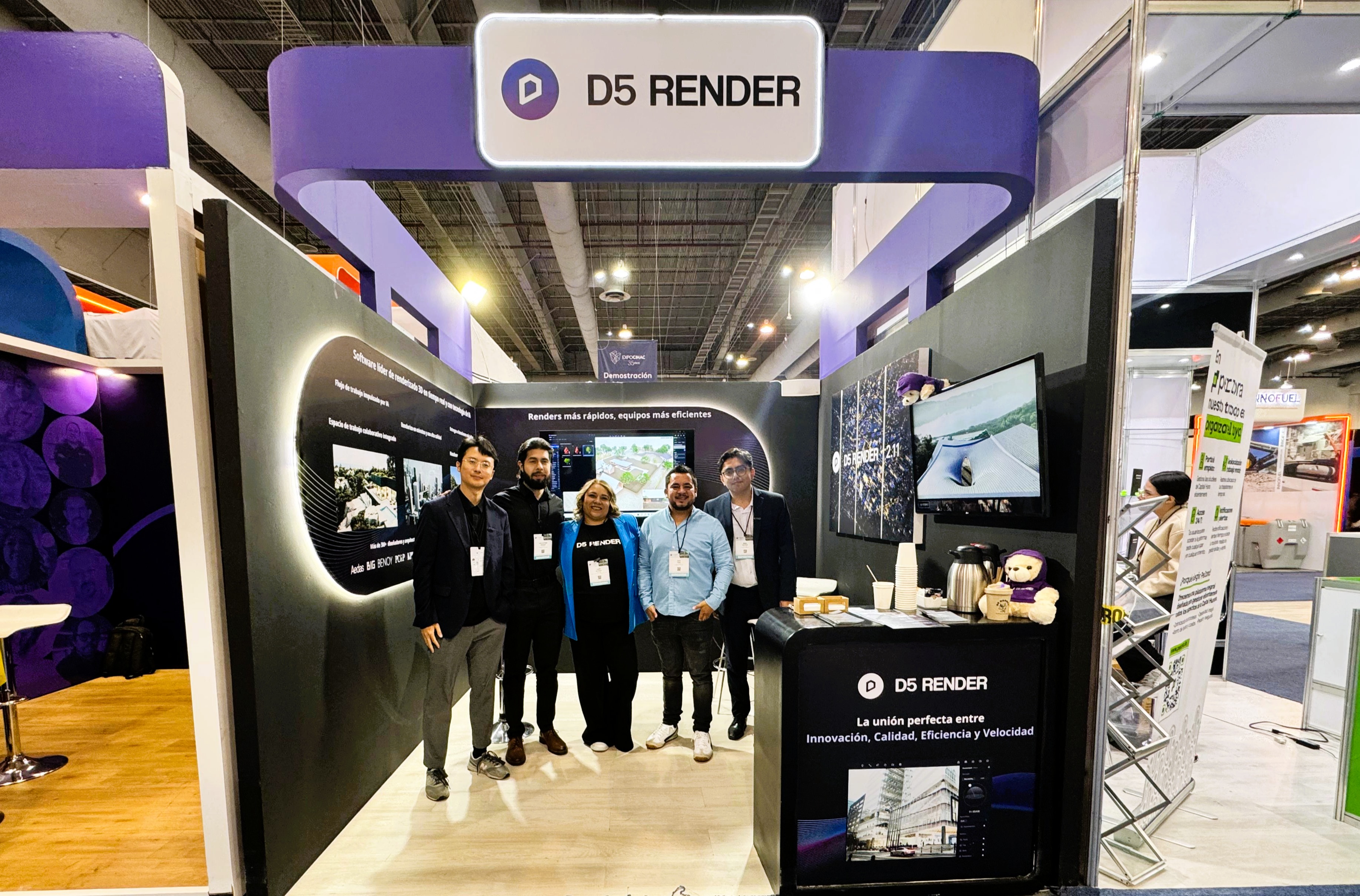
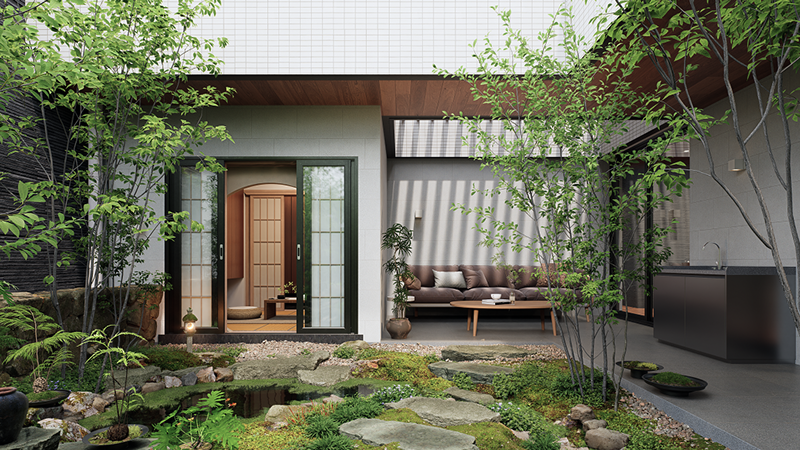
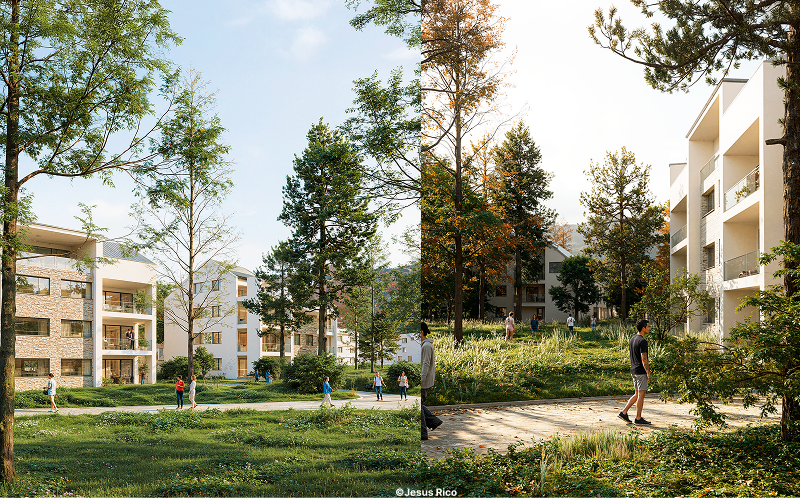
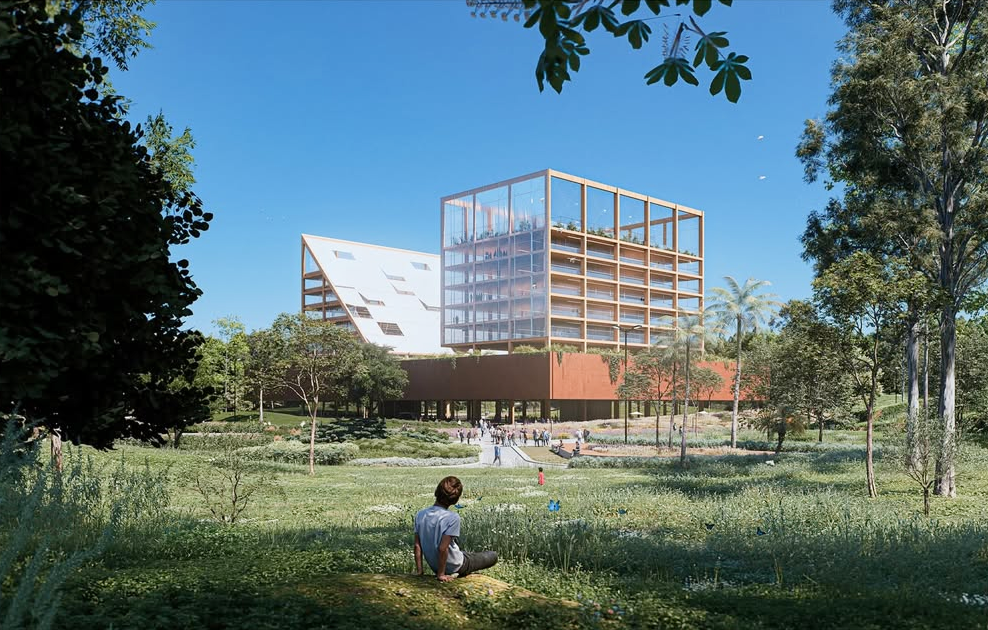




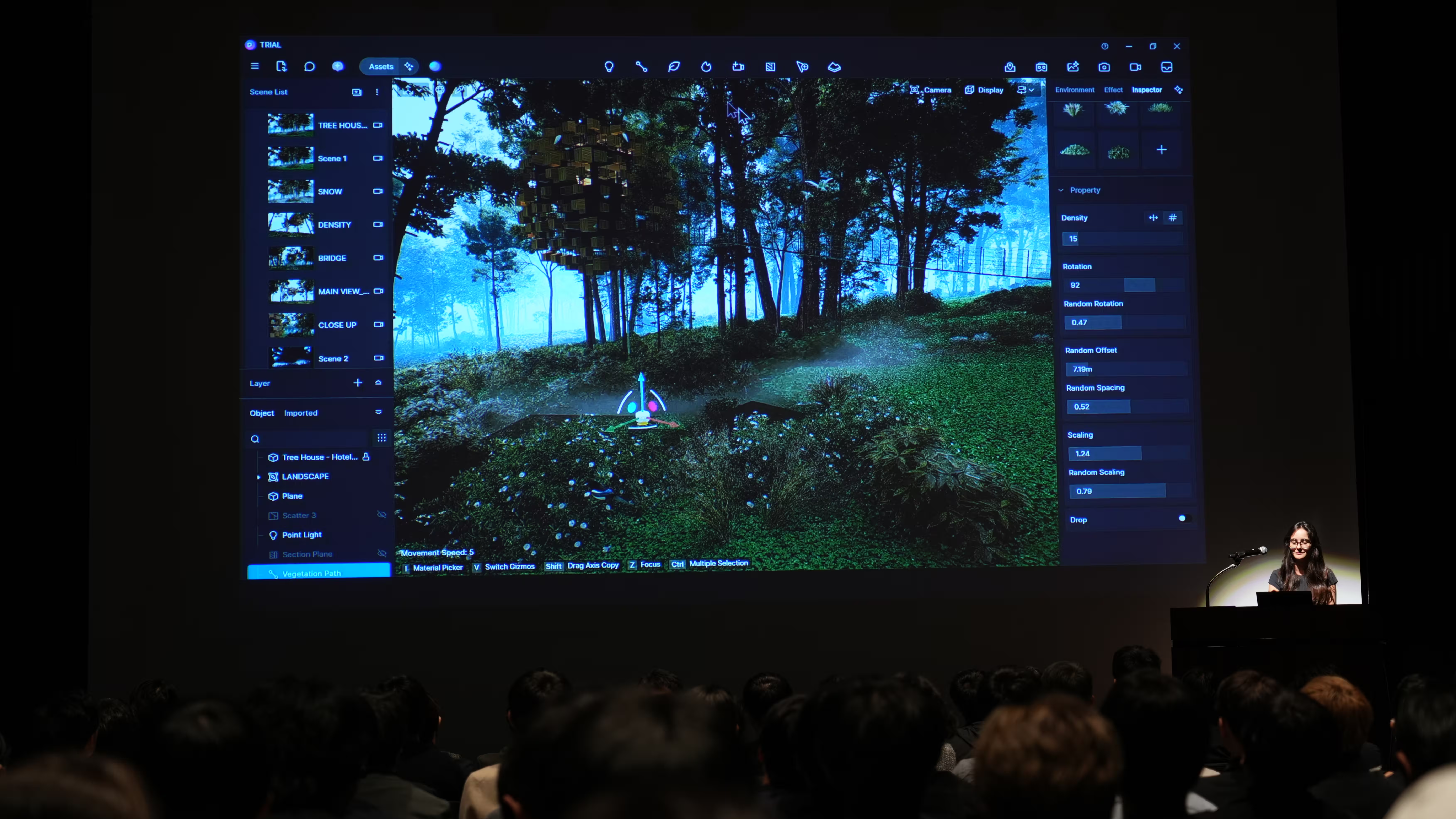


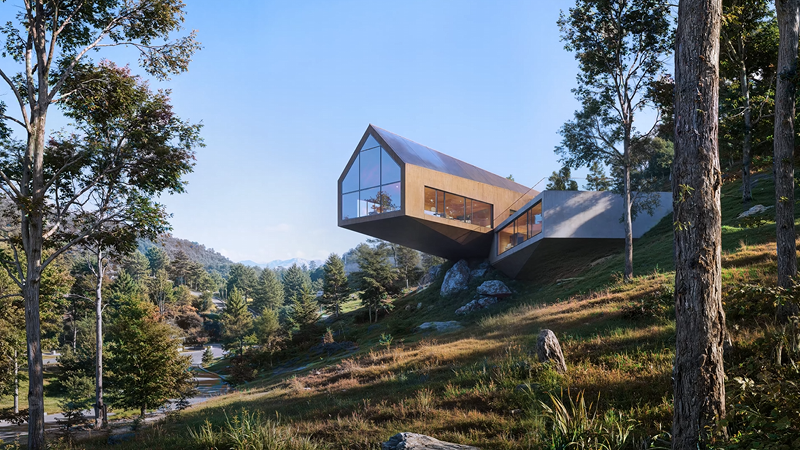
%20(1).png)
.png)

.png)

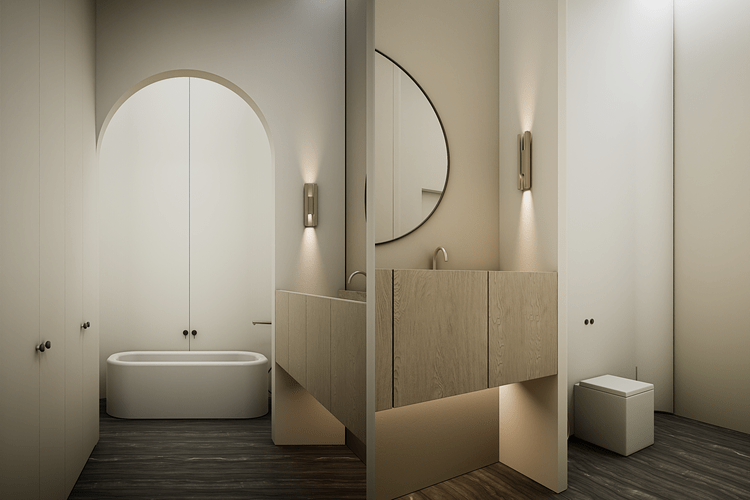
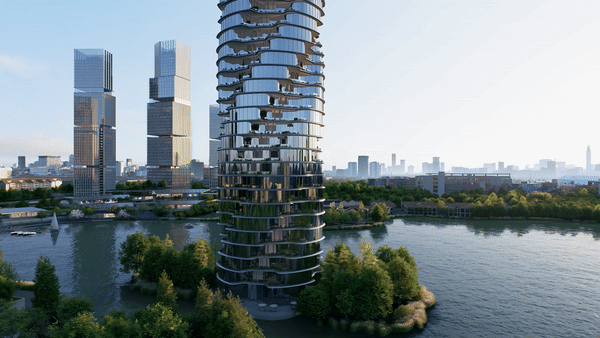

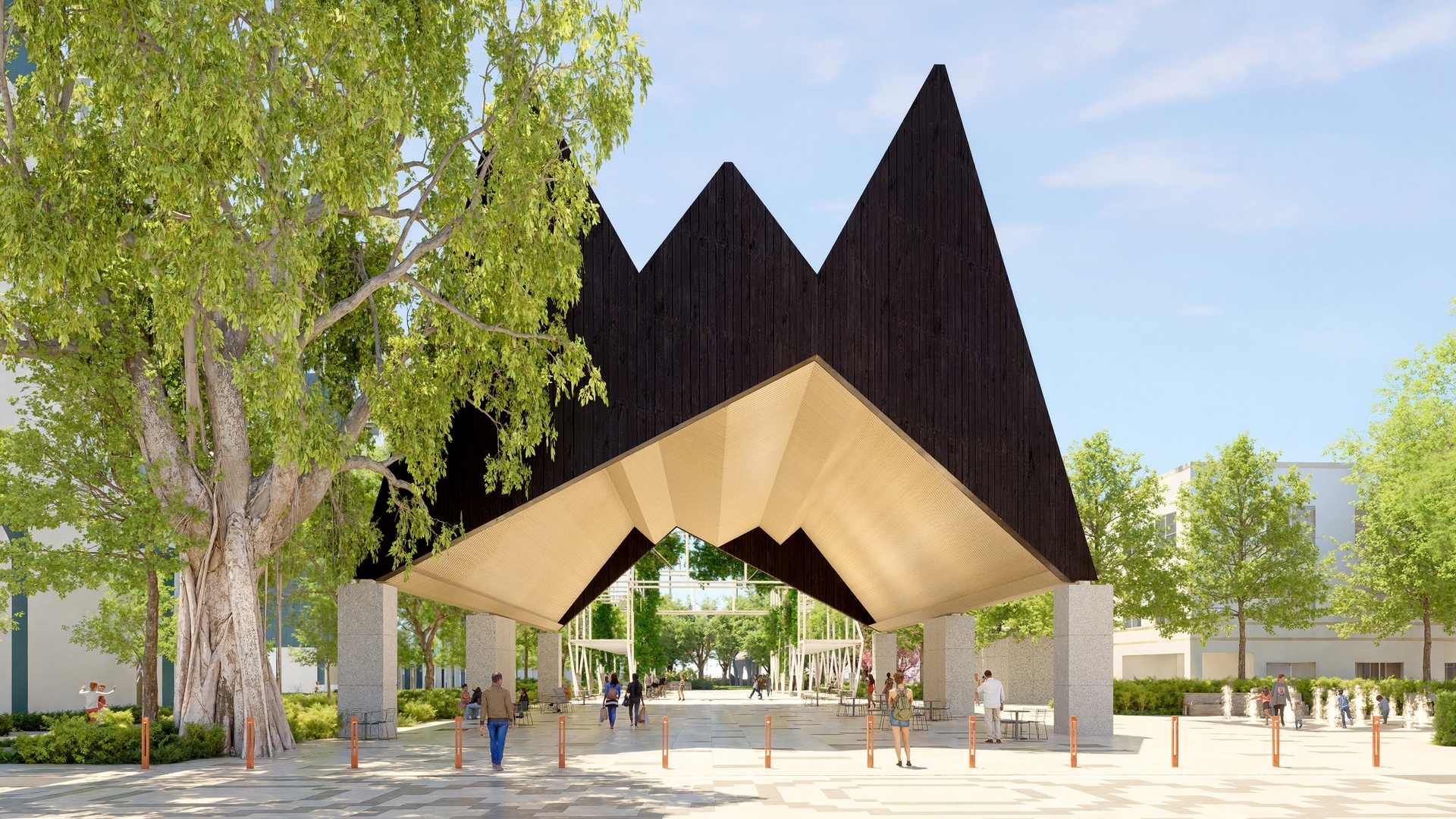

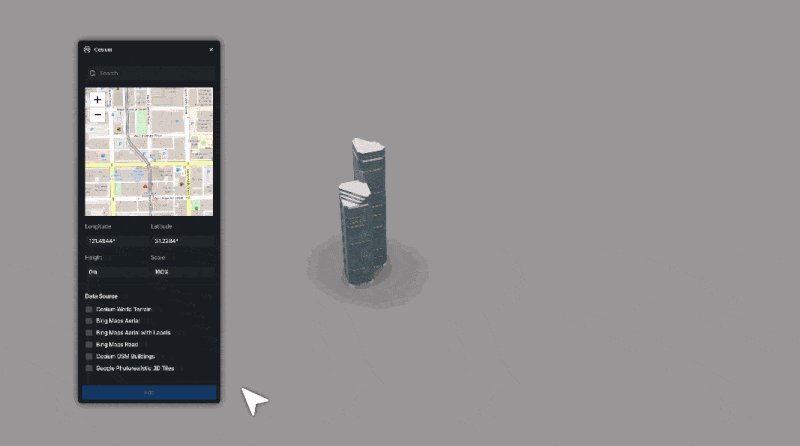













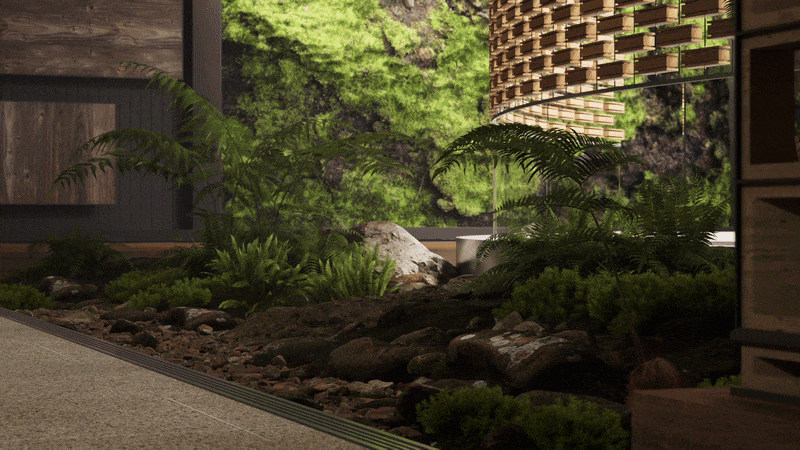


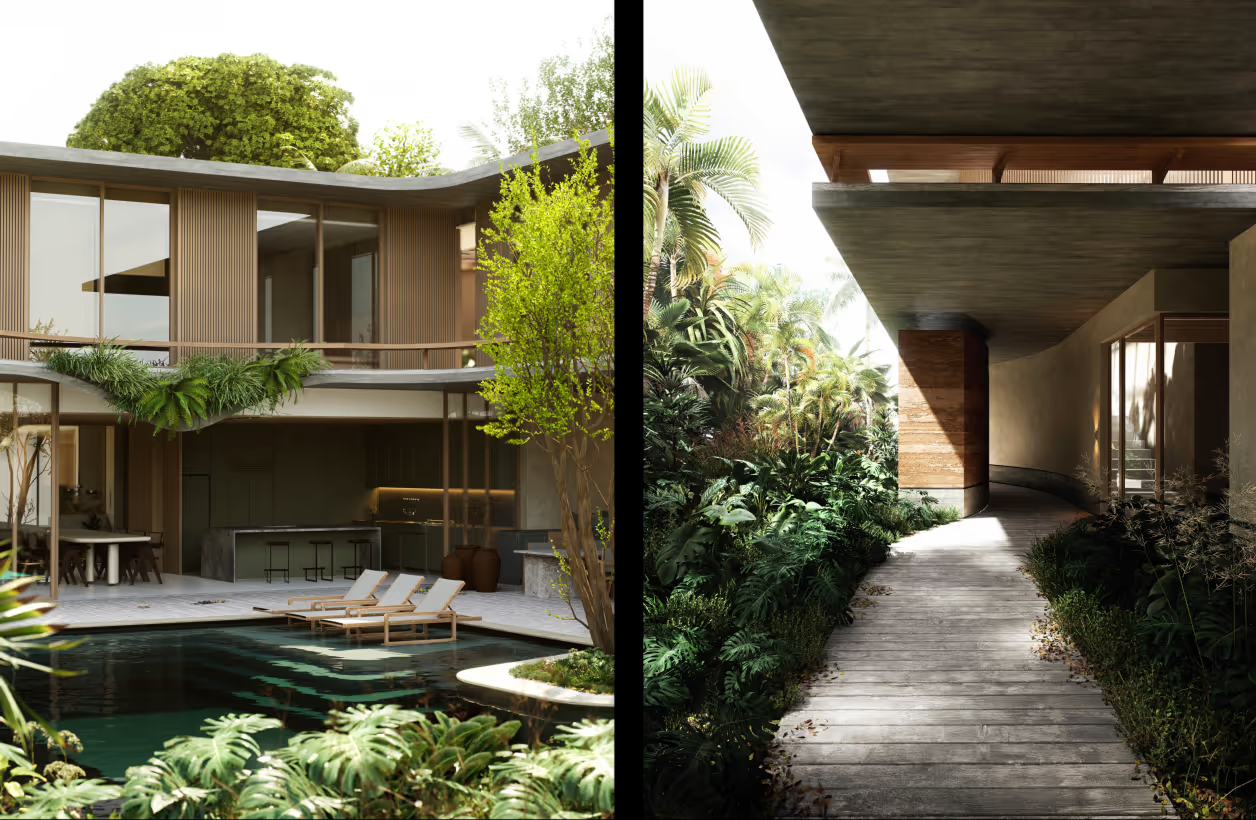


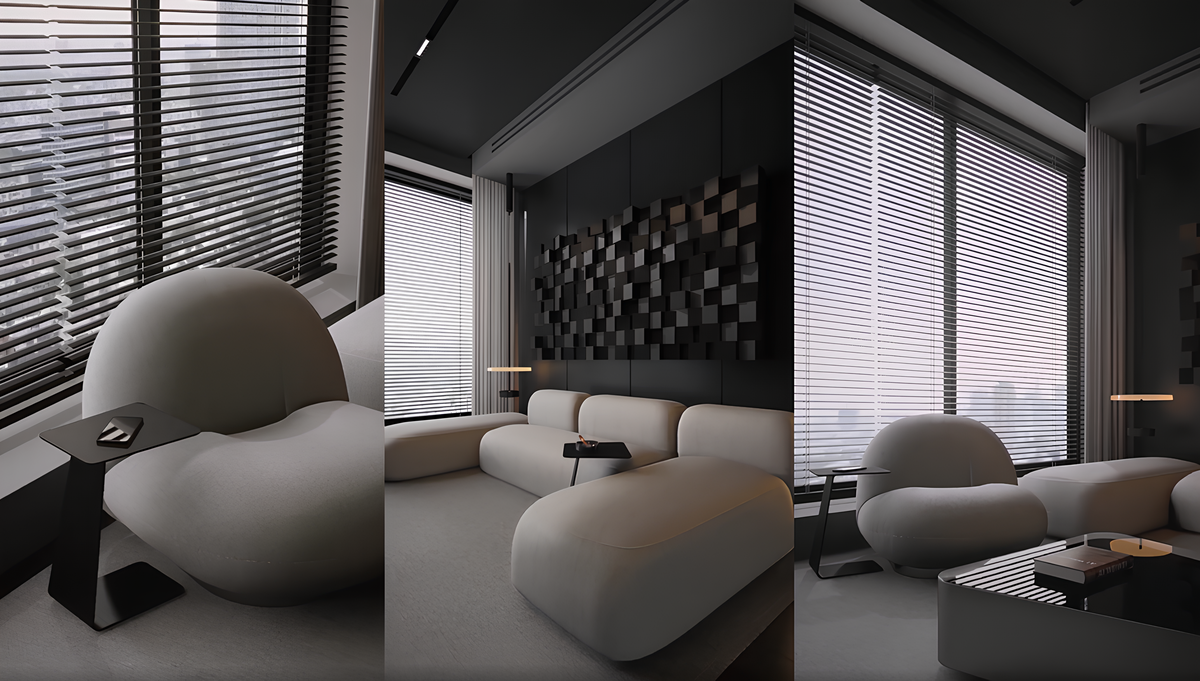
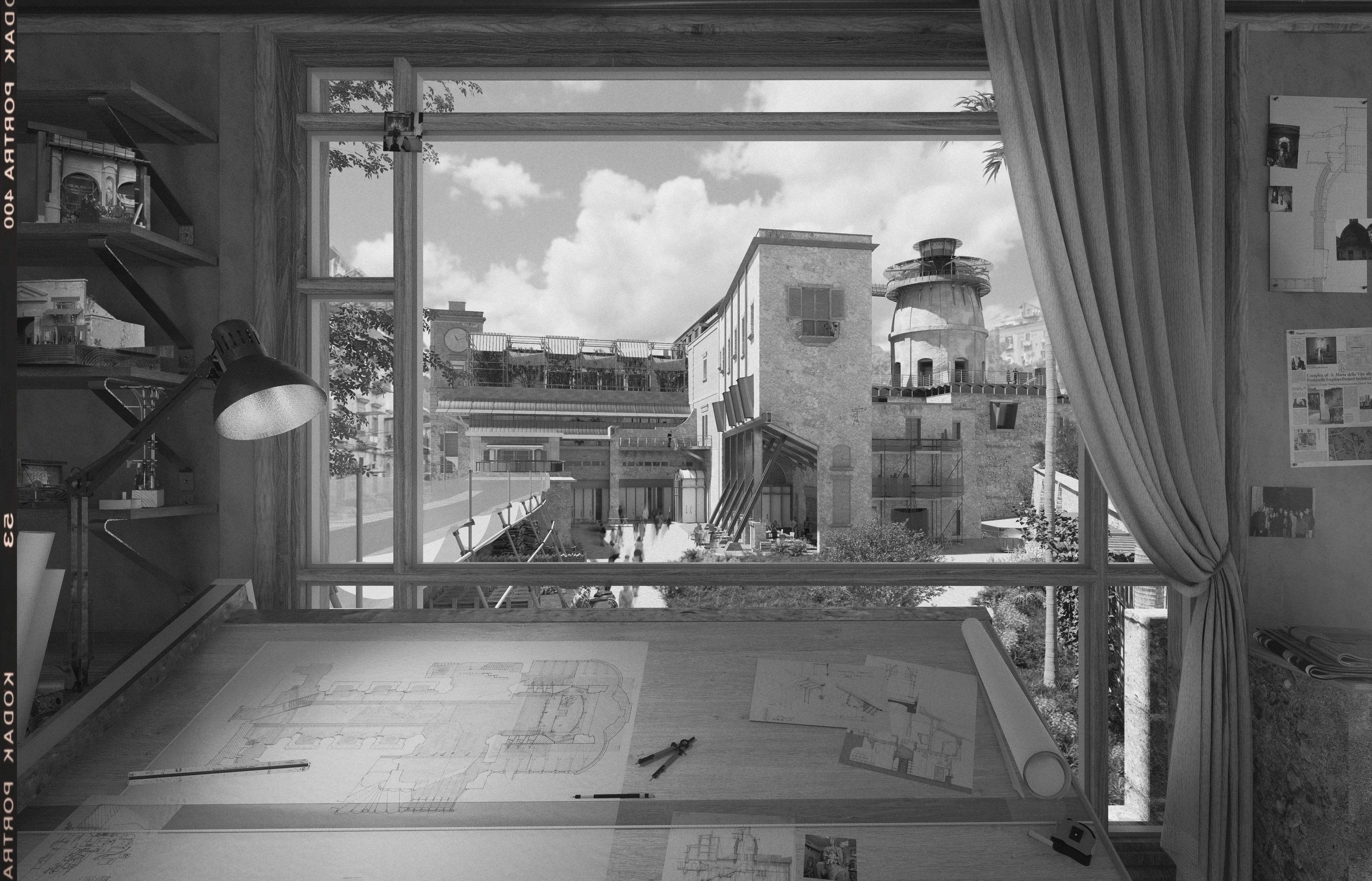

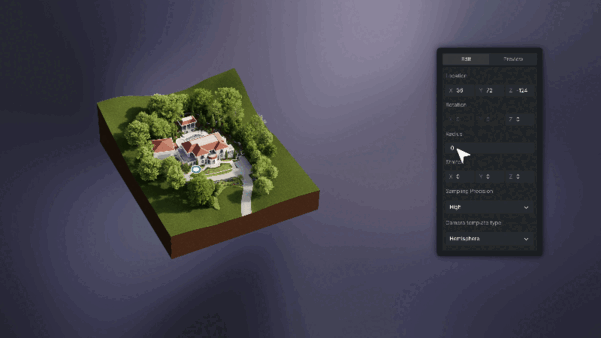




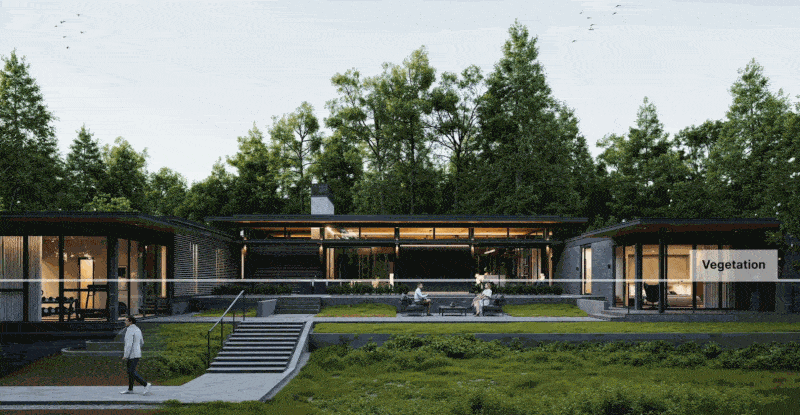


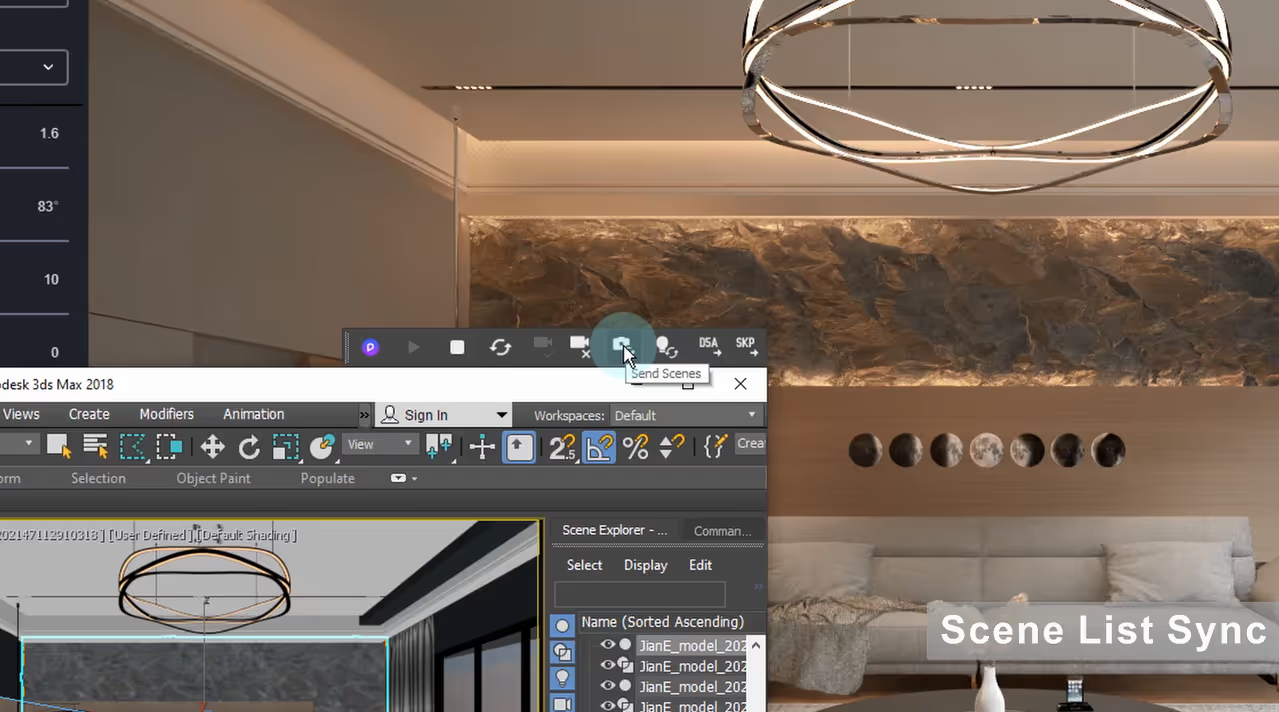


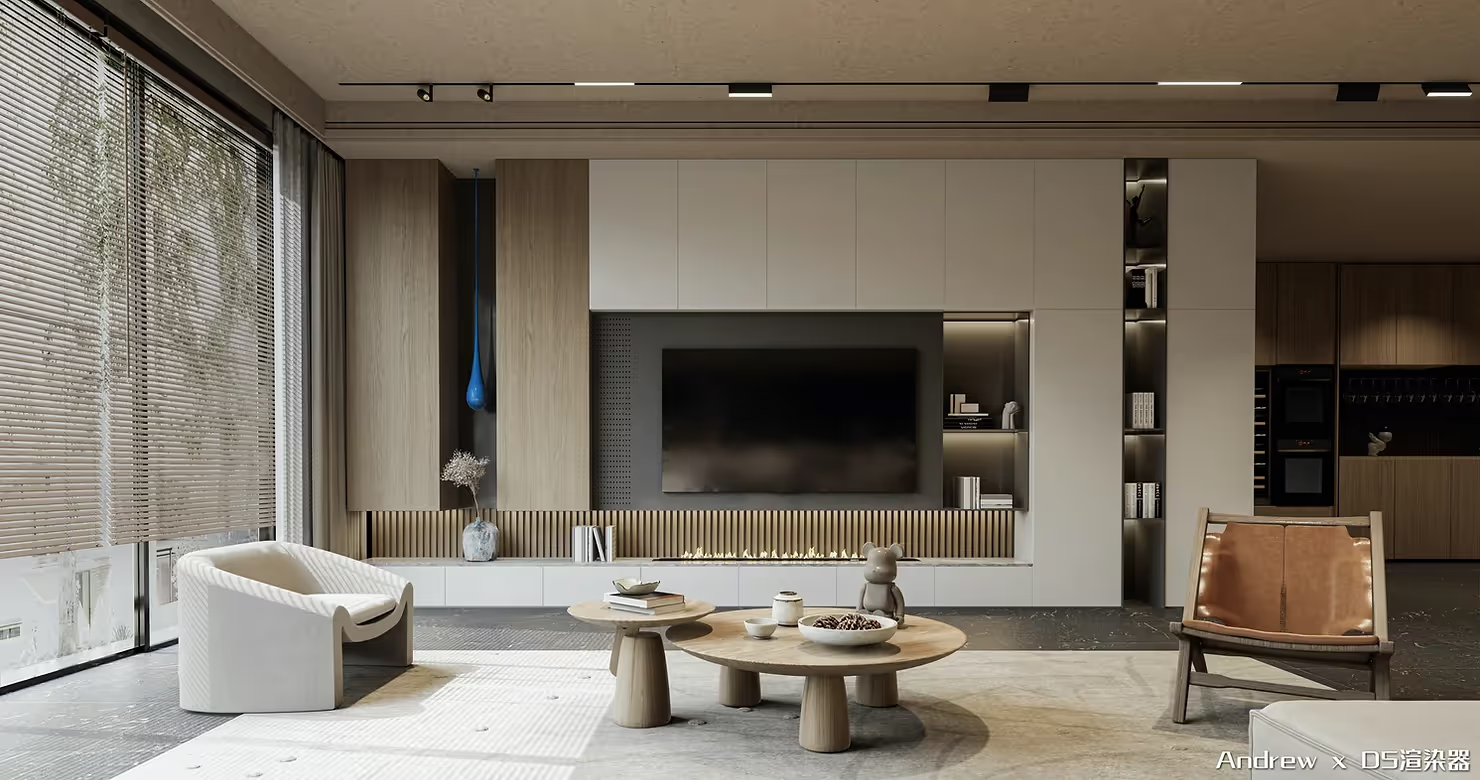
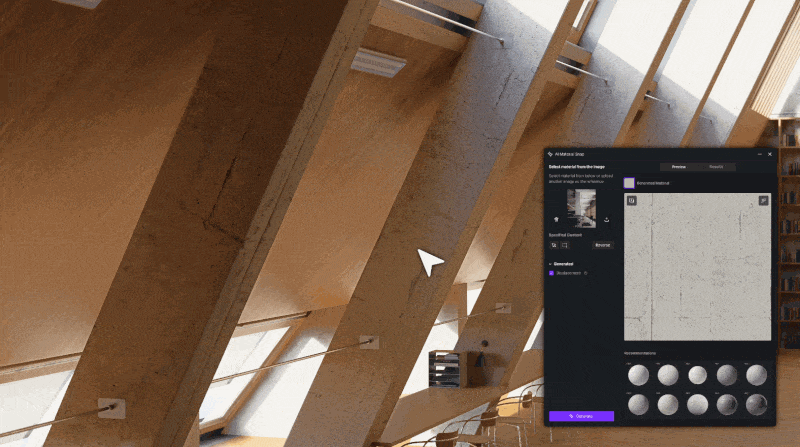
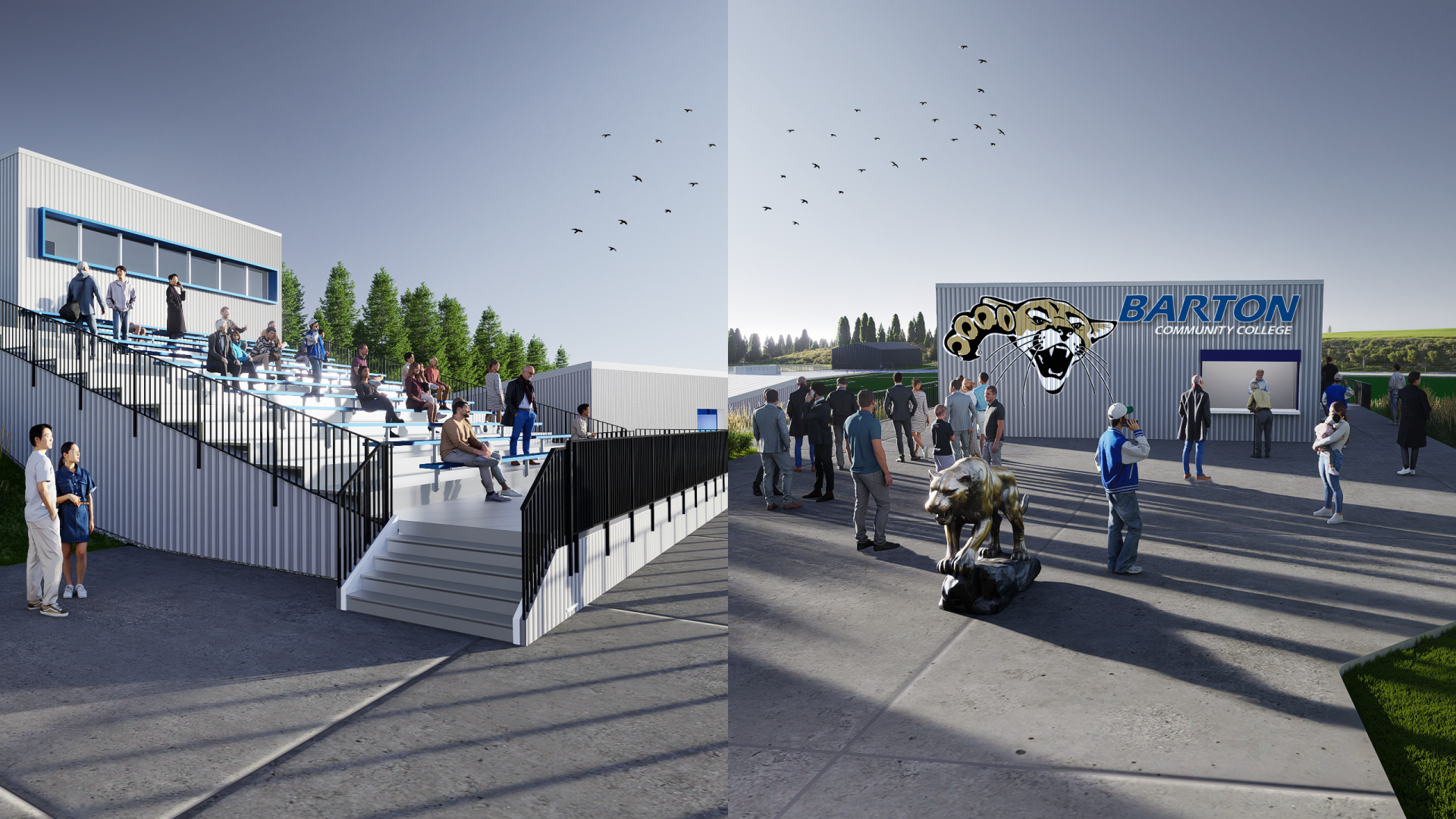

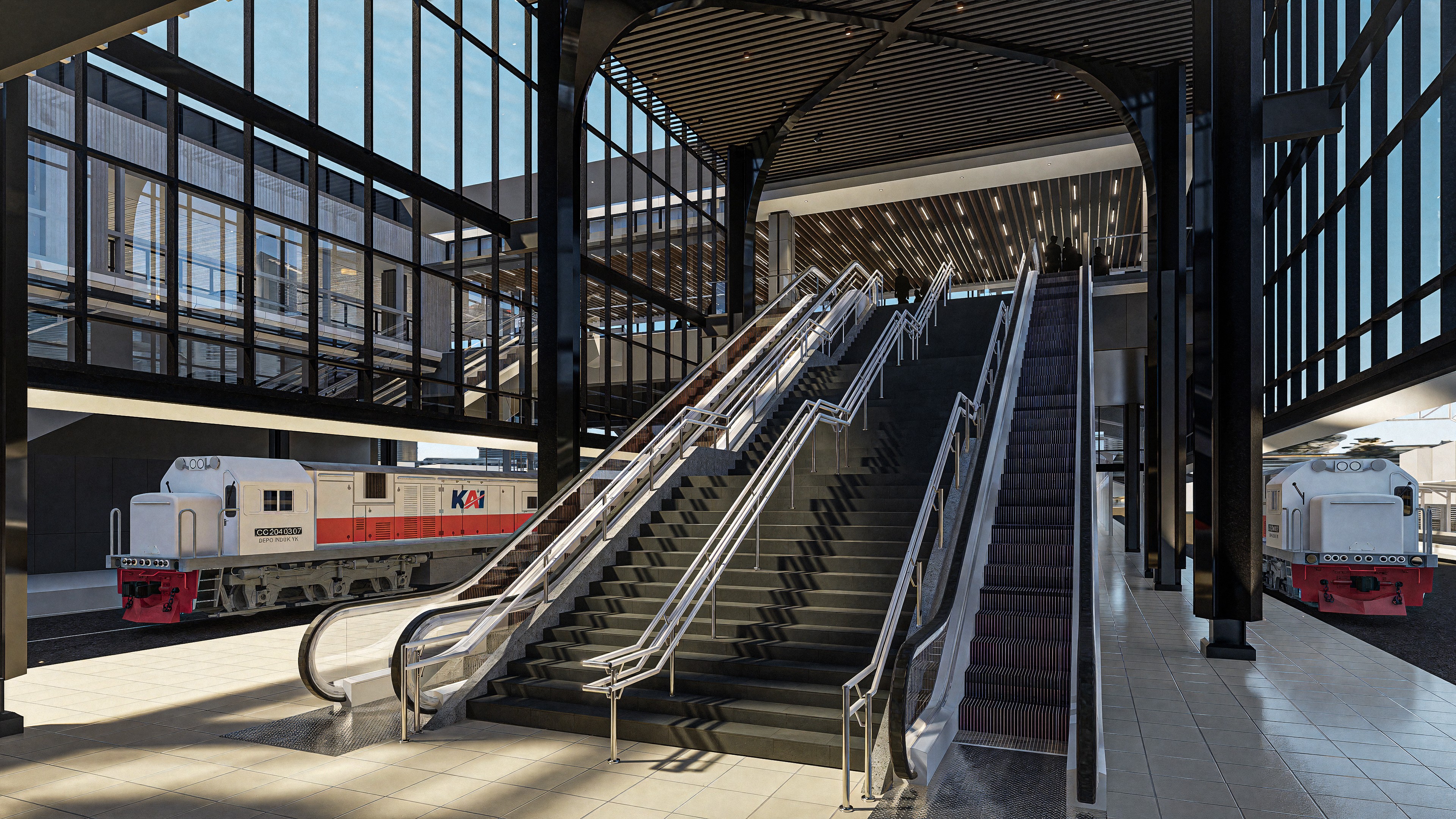
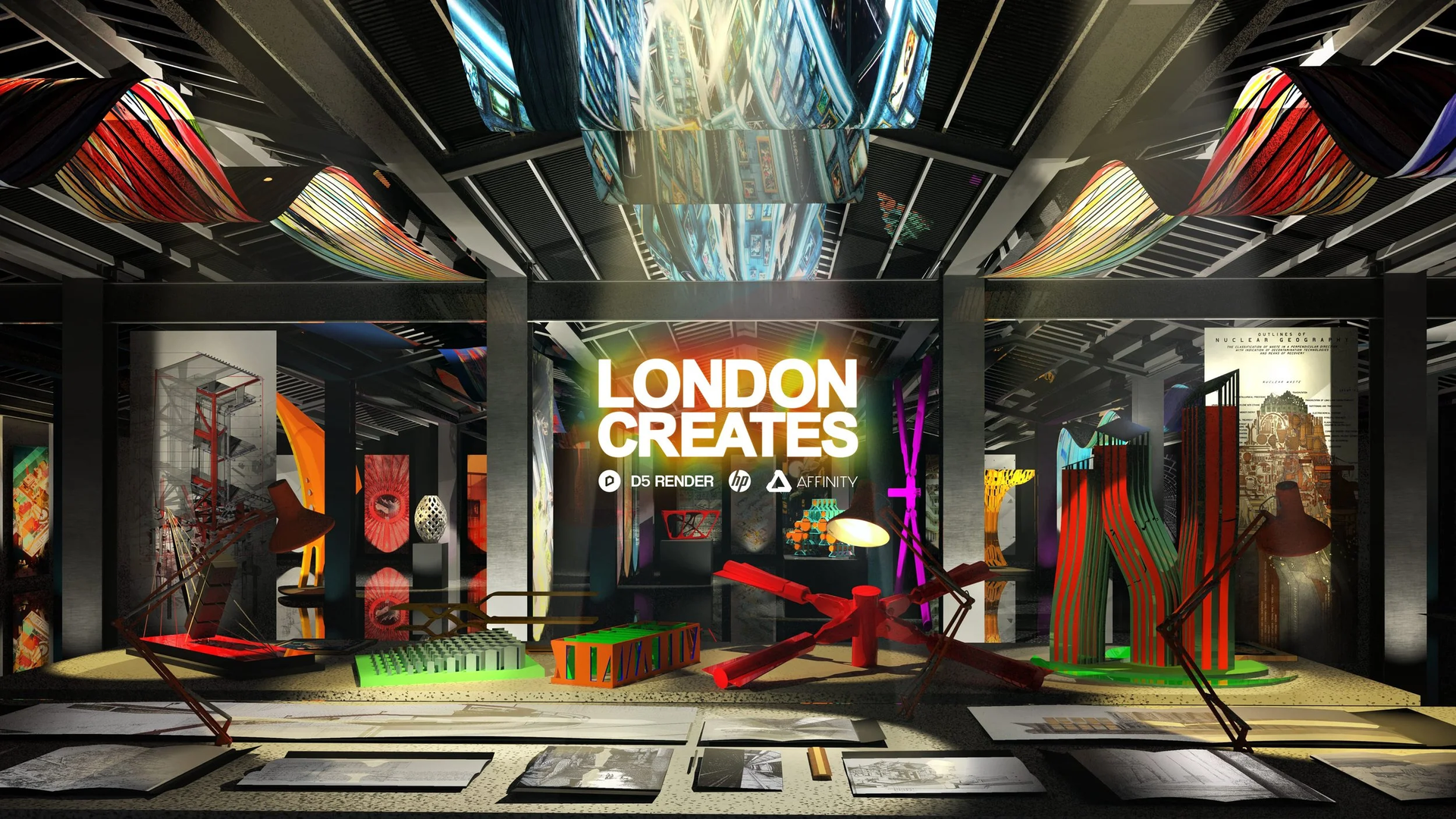
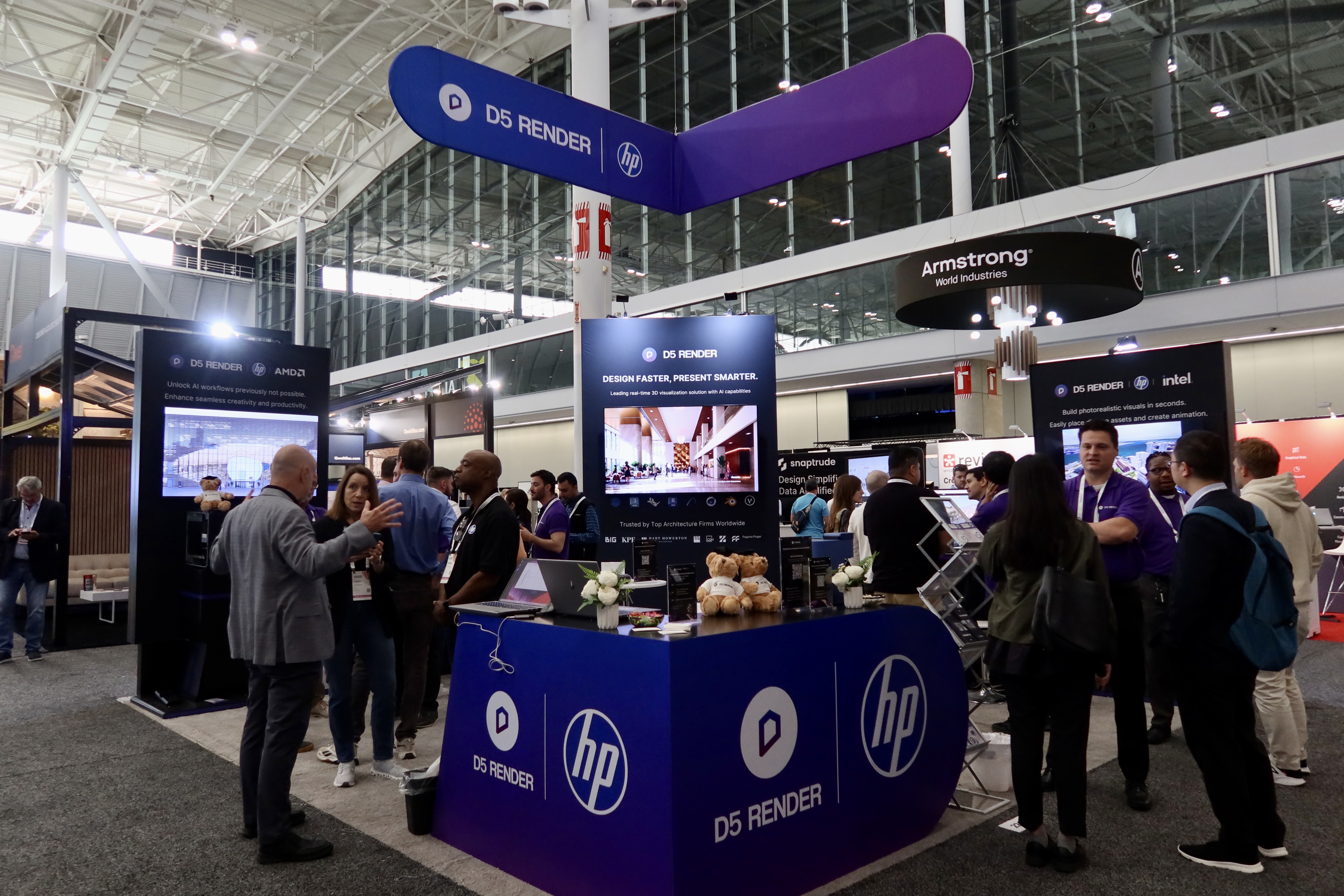


.png)
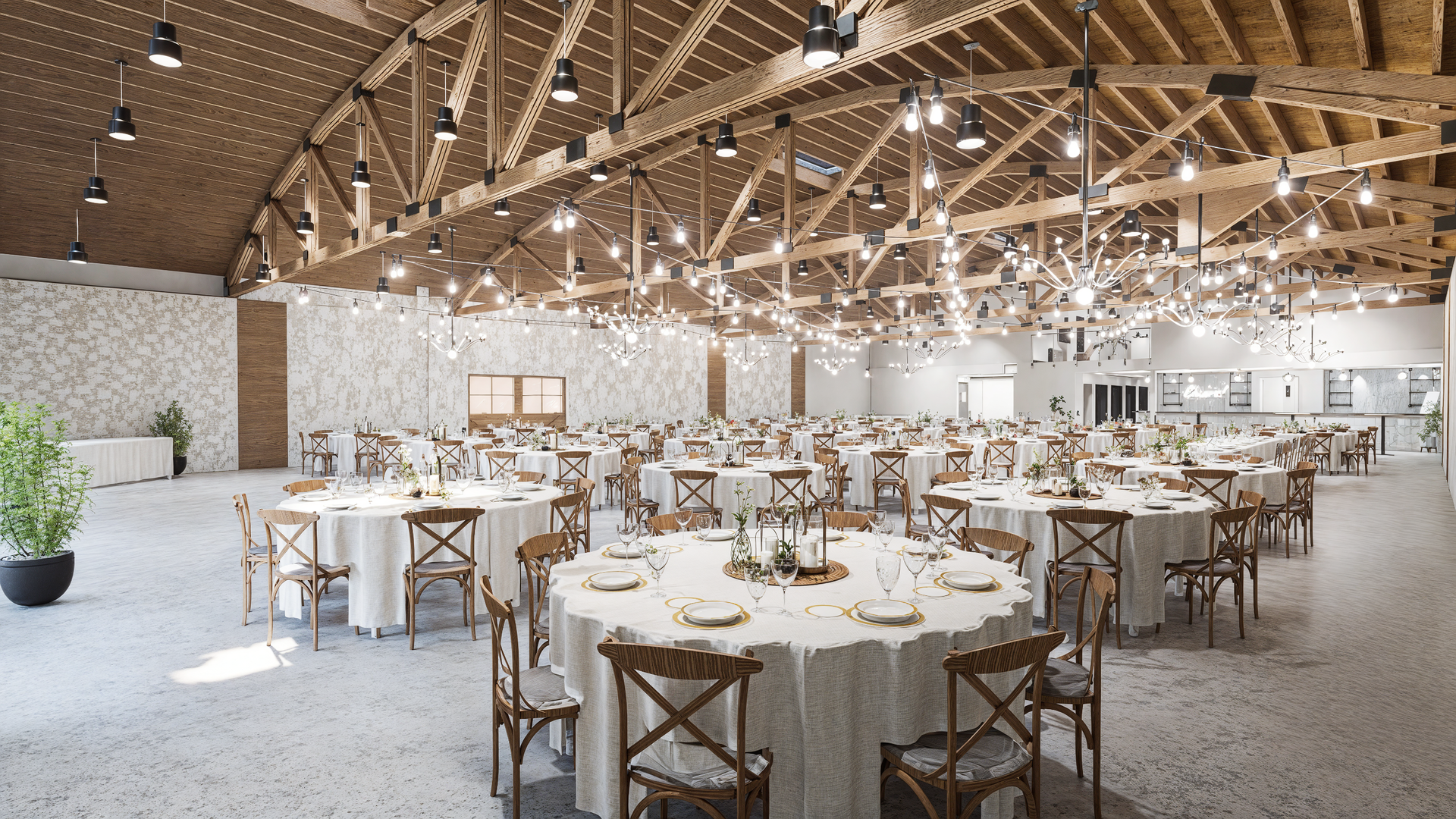
.png)
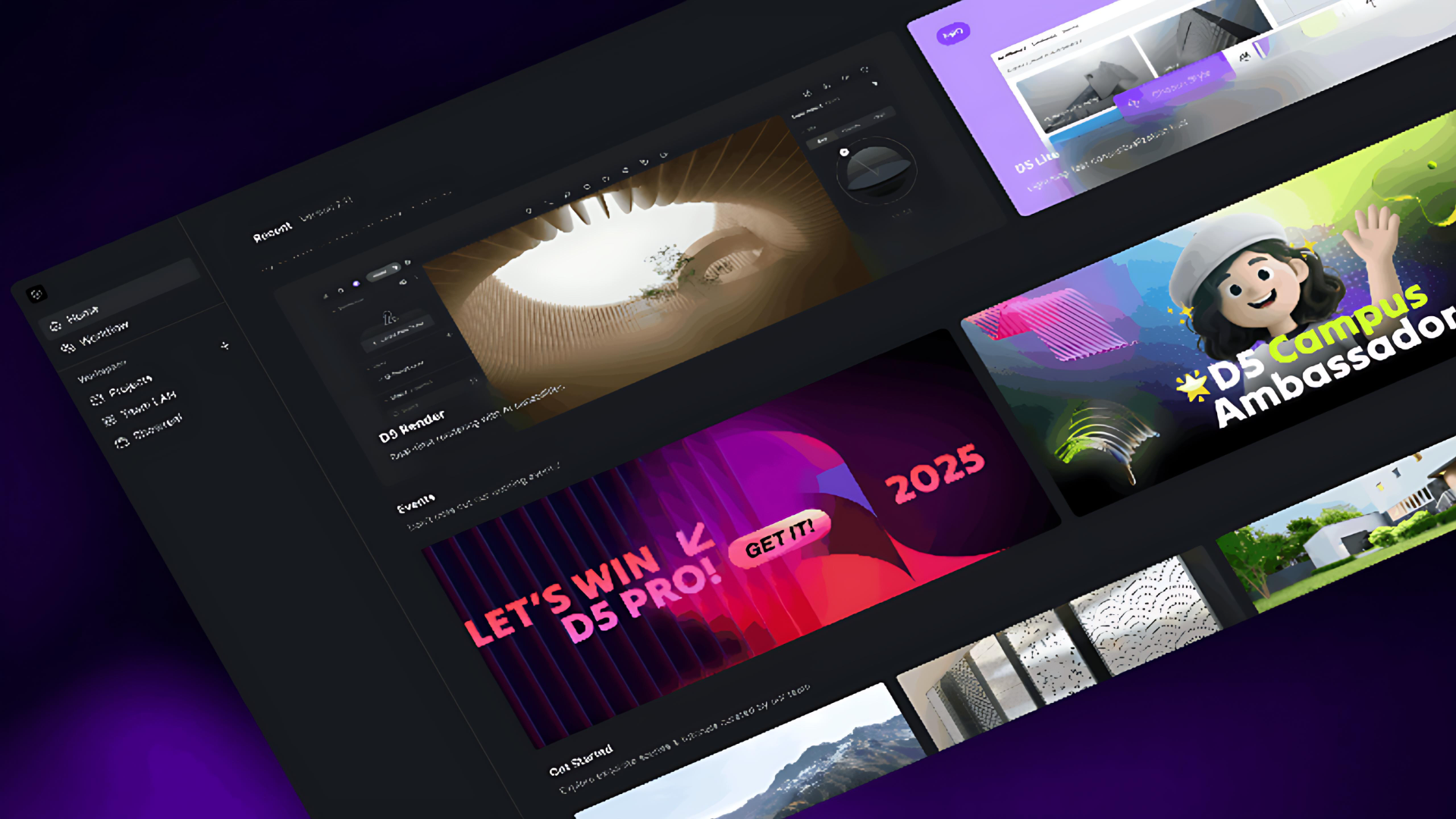
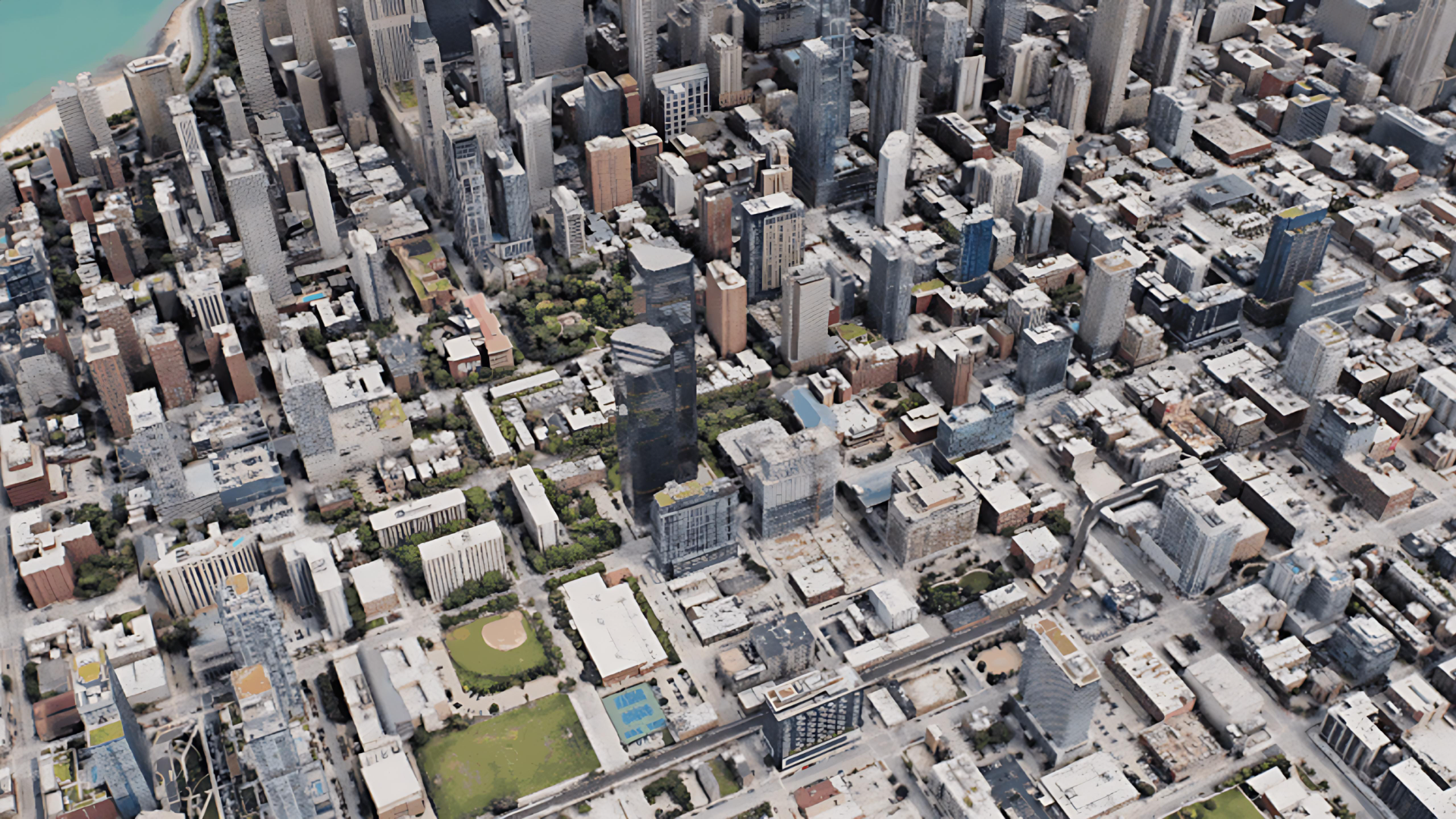
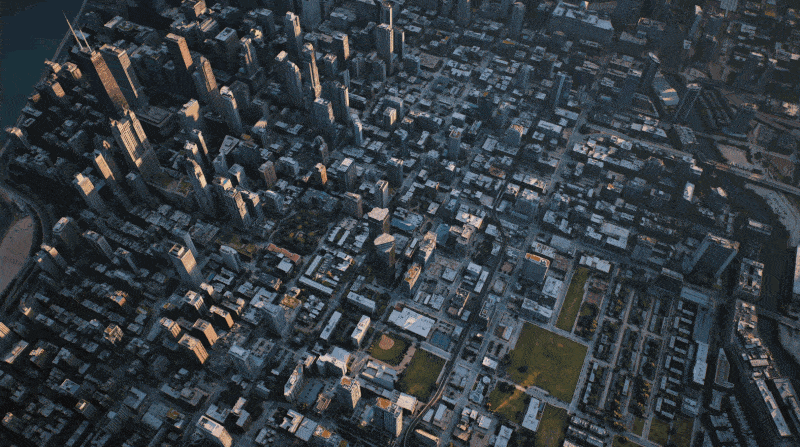
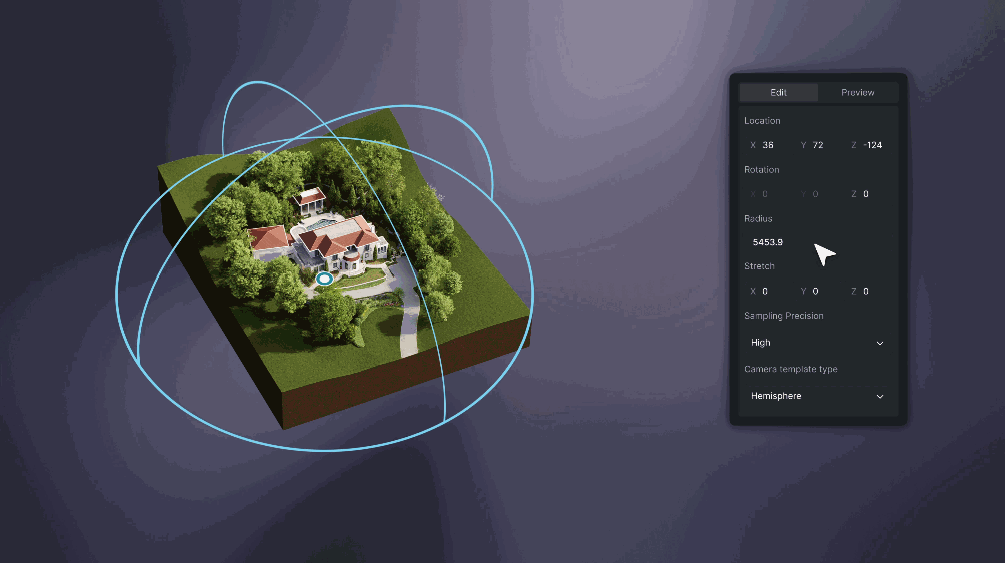
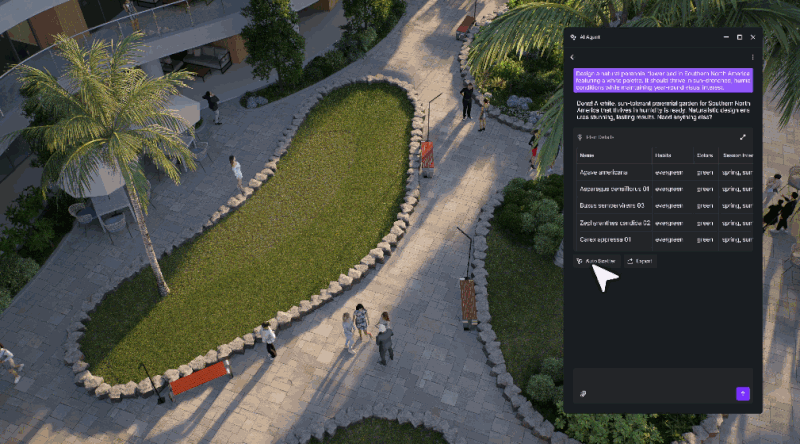
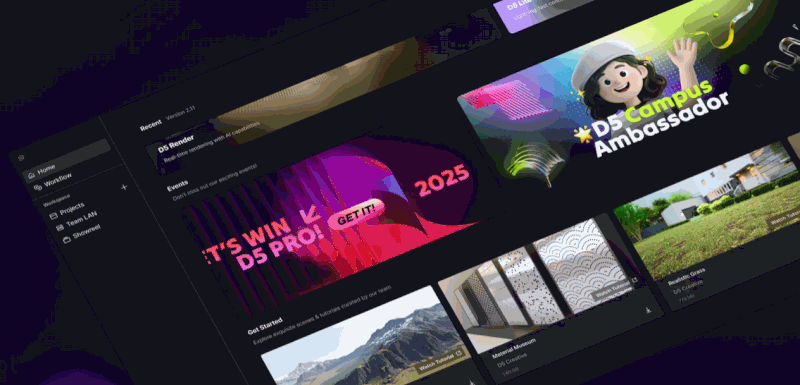


















.png)








